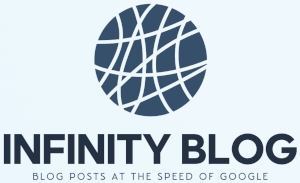
Understanding Impact Quantification Techniques with SROI Methodology
Assessing social impact is essential for organizations aiming to demonstrate value and accountability. One of the most comprehensive approaches to impact quantification is the impact quantification techniques, which provide various methods to measure outcomes effectively.
Among these methods, the SROI (Social Return on Investment) methodology stands out as a powerful tool. It combines financial metrics with social outcomes to give a nuanced picture of the value created by a project or organization.
What is SROI?
The SROI methodology involves engaging stakeholders, mapping outcomes, and assigning monetary values to social benefits. This approach enables organizations to compare costs and benefits and communicate social value in a way that resonates with funders and partners.
Key Steps in SROI Analysis
- Engage Stakeholders: Identify those affected by the project and gather insights.
- Map Outcomes: Determine the activities and results that contribute to social change.
- Assign Value: Use data and proxies to quantify social benefits in financial terms.
- Calculate SROI: Divide the total monetized benefits by the investment cost to find the SROI ratio.
Implementing SROI analysis provides a transparent and credible way to showcase social impact, making it a preferred choice for social enterprises and nonprofits.
To learn more about other impact quantification techniques and how they compare with SROI, check out our comprehensive guide. Understanding these methodologies will help you select the most suitable approach for your impact assessment needs.
